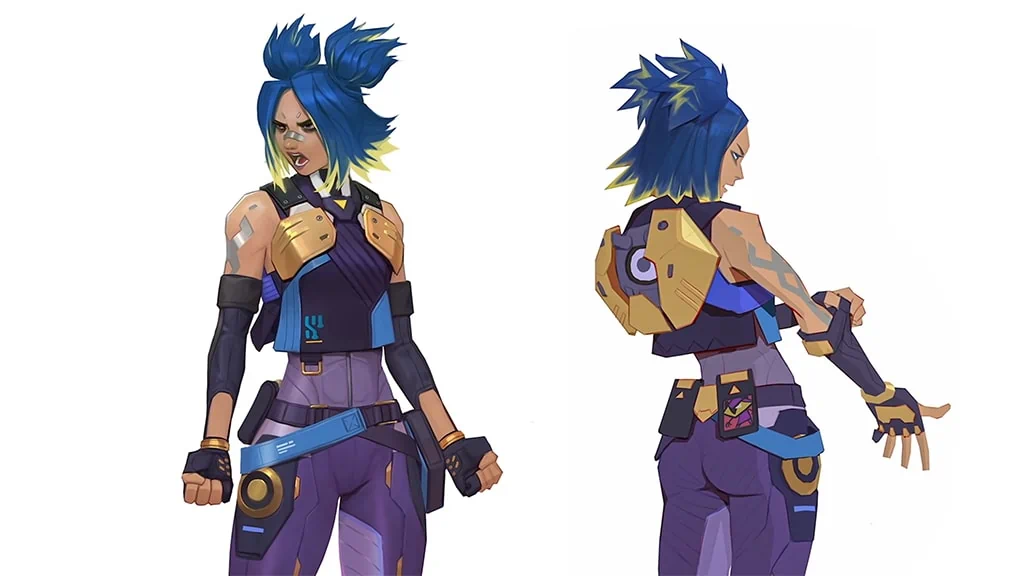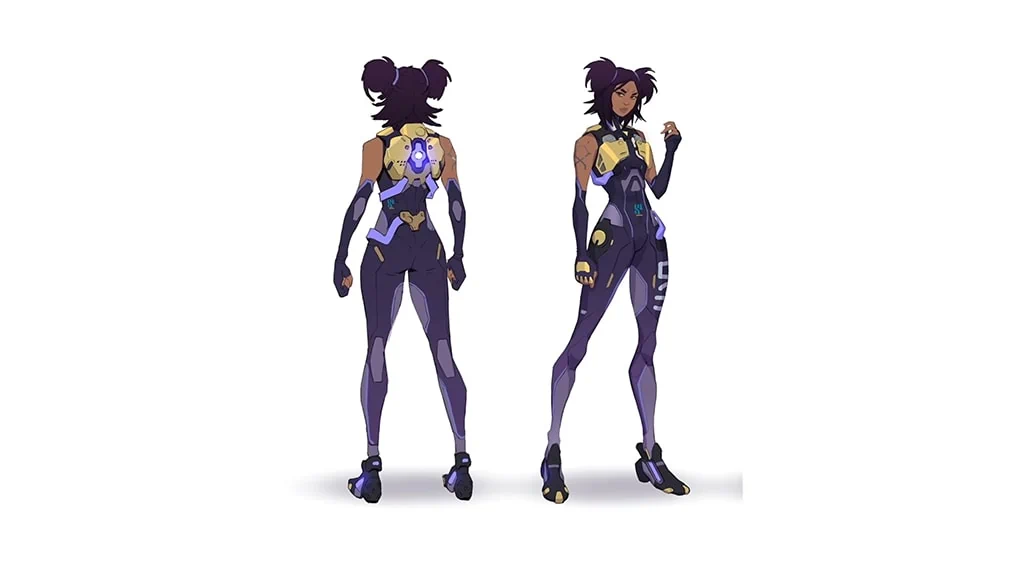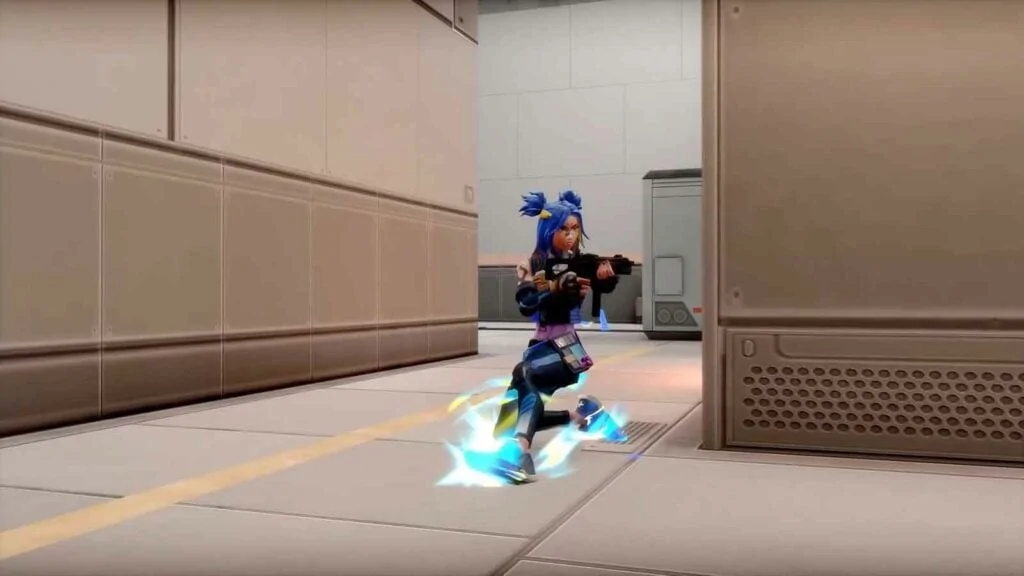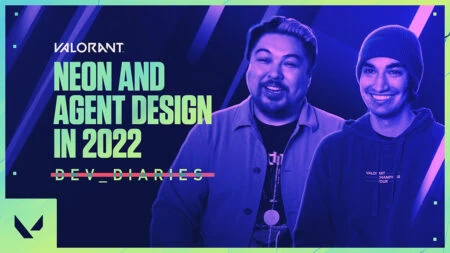How long does it take to design a new agent in Valorant? Anywhere from 10 to 14 months, according to John Goscicki, Character Team Producer on Valorant.
When the Valorant team decides to get started on a new agent design, they look at the various “opportunity spaces” available for a character. “It all starts with the question, ‘What don’t we currently have within Valorant?'” said Goscicki.
A behind the scenes look at Neon’s agent design

The electric speedster’s design started with a very simple mechanic – sprinting. “We always knew we wanted to have sprinting in the game, and that was the seed that kicked off a lot of the conversations around her,” said Goscicki.
But because Valorant is a tactical shooter, Riot couldn’t afford to go overboard with movement abilities. “I think the design space for mobility has always been kind of limited, mainly because it breaks one of the main rules and that’s consistency. It’s important to be able to predict movement,” said Ryan Cousart, Game Designer for Valorant.
“So with Neon, we wanted to ensure that she was in a place where you could still predict some of her intentions.”
Now that the team knew that they wanted their newest duelist to be centered around running, they also started looking at ways to develop her around this theme.
“Once we’ve got a hook that we feel good about, we start bringing in a concept artist and a narrative writer to flesh out the different thematic aspects of the character,” explained Goscicki.
“We looked at Olympic runners, running gear, and even athleisure,” he recalled. “These things were key because they let you look at her and immediately understand what she’s about without having to think too deeply.”
The next step was the pre-production stage, which usually lasts up to two months. The idea here is to work with a proxy model of the character and see if the agent works. This even includes simple things like checking to see how certain colors and shapes look against a wall.

“With Neon, we looked at her hair to see if her buns stuck out above boxes,” said Goscicki.
From there, the team moved on to the production stage, which takes another three to four months. This is the part where 3D, tech art, VFX, animation, audio, and quality assurance come together to create the character that players will see.
This includes things like fleshing out character and ability animations. “The animators had an idea where she throws her hands down and then flips them back up,” said Cousart. This eventually made its way into Neon’s Fast Lane, and players see this animation as she throws up her electric walls.
Finally, Riot had to make sure that her abilities worked as intended. “Does her wall create safety? Is her Relay Bolt actually allowing her to follow up on kills? Is sprint letting her break timings? These were all questions we asked,” explained Goscicki.
- 100 Thieves roster goes 0-13 to 13-0 in just three days
- DRX Vision Strikers kick off VCT Korea run with flawless 13-0 shutout
The future of agent design in Valorant
Two years after its release, Riot’s shooter now has 18 playable agents spread across varied roles like controllers, sentinels, initiators, and duelists.
Every agent has a unique place in the game and should make you think about the game in a different way. “For example, the way you approach an angle should be different when a new agent is introduced. The same goes for how you approach a plant or a post-plant scenario,” added Goscicki.
In the case of Neon, Valorant’s newest agent, her ability to sprint meant that players had to think about how to hold an angle against her based on her distinctive sound cues.

Moving forward, you can expect Riot to continue to push the boundaries in terms of new and novel mechanics for agents.
For more details on what Goscicki and Cousart had to say about agent design in 2022, you can watch the full Dev Diaries video below.
READ MORE: VCT EMEA Challengers Week 3 matches postponed due to Ukraine conflict

